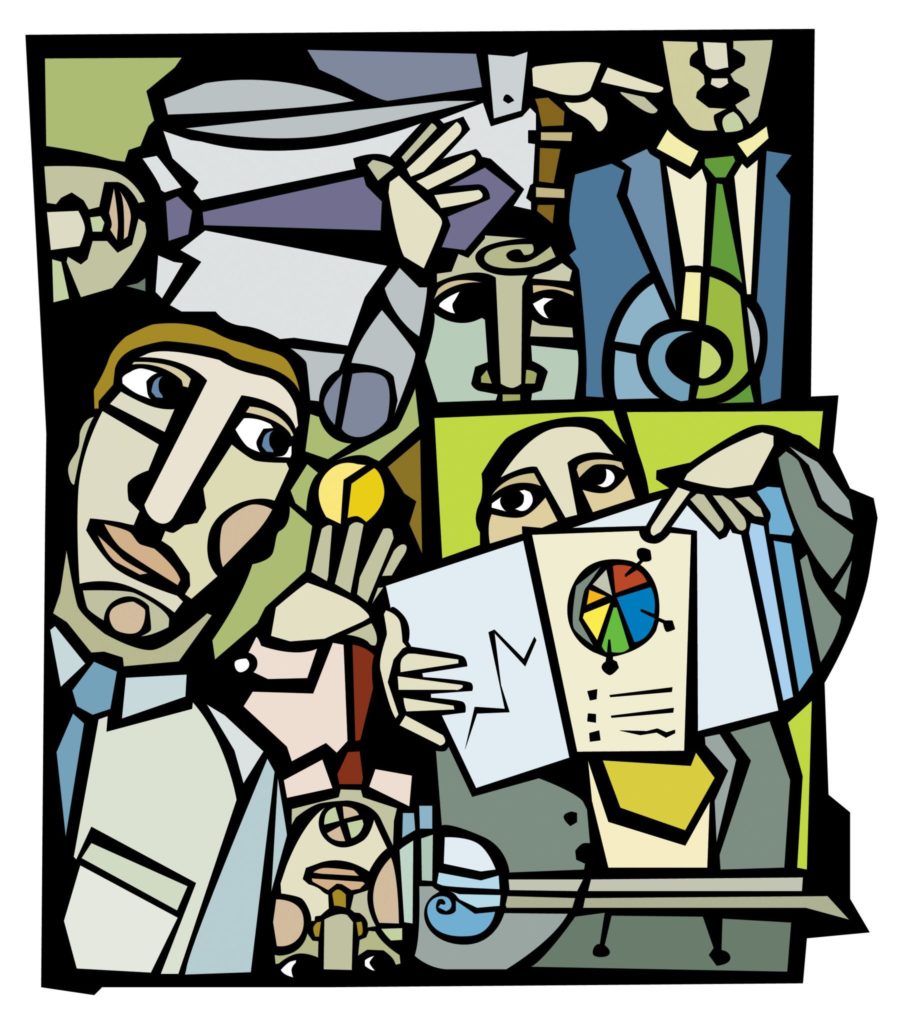There’s an interesting conversation resurfacing about the role of chat and communication apps at work, and the impact they have on our satisfaction and productivity. I say resurfacing because it’s not a new conversation, but it’s starting again as a new generation of workers comes to grips with how to deal with and regulate the always-on nature of work.
Many people love apps like Slack (I’m a fan); others feel they’re distractions that create unrealistic expectations and place unfair demands on employees’ time. At the core here’s the crux of the debate: Should you go full tilt, or turn them off? Should these apps consume your day or be used sparingly?
Defining the Problem
To chat, or how to chat is beside the point. One must start with the “why” to get to the fundamental underlying issue: How much does your company value communication? And what steps does it take to engineer an environment in which teams work together to solve problems?
If you don’t have a crisp answer, that’s OK, you’re not alone. I don’t think anyone has cracked the code fully yet. Just don’t be surprised when the latest shiny app doesn’t solve the problem like you hoped it would. Here’s why.
Apps like Slack, and to some extent Yammer before it, engender a love/hate relationship with business users because at the core they expose a fundamental issue: Companies struggle to prioritize authentic and open communication at work. It’s not a new problem, but in the digital era in which there’s an app for just about everything—and many of those apps require a significant time investment to learn and get value from—it’s considered normal to be overwhelmed by all the things competing for your attention.
Can Technology Adapt to Human Nature?
Let’s keep in mind that underlying this debate is not a technological issue but a human issue. We all want to be better communicators, and we know, fundamentally that doing so helps us succeed at work.
Technology will only enhance or amplify any existing issue—it’s rarely going to solve it out of the box. If you work at a company that values and prioritizes inter- and cross-team communication, then chat apps like Slack, etc. will increase the speed and ease of communication while decreasing the formal nature of the conversations themselves.
On the other hand, if you work for a company that has difficulty fostering an environment in which collaboration and direct communication is fundamental to the outcome of the business, then an app, be it communication, project management, time tracking, expense, etc., likely won’t help too much.
The key here is to understand the culture of your workplace—as this will shape the way in which you find and use different apps. While one app won’t fix every issue, it’s possible that the right combination of technologies will help you make major progress. The trick is finding the right suite of tools that jives with your needs, culture, communication methods and objectives. It might sound overly simplistic, but the truth is that no one app will solve every problem, and it’s vital to pick technologies that work with your team culture.
It’s Never Been Easier to Solve This Problem
One of the great things about digital work is that the app selection process is no longer done only in a command-and-control fashion. We live in a Bring Your Own App (BYOA) world in which workers will seek out a mix of personal and business apps that they want to use every day. It’s easy to get up and running with most apps in just a few minutes, which means that finding a new tool, or a series of tools that you think will help identify and address the culture in your business can happen pretty quickly.
But before you start signing up for new tools, keep this in mind: It’s more important to find apps that best fit your company’s needs and existing culture. Those may or may not be the shiny new thing that everyone on your social feed is talking about. There’s nothing worse than finding a new tool and forcing your colleagues to use it, no matter how great the design or how pleasing the user experience. Seek buy-in.
At the end of the day, my advice is this: Know your company’s culture, and then match it with a set of apps that solve real issues and are enjoyable to use. This is how meaningful change takes root in the fabric of the organization’s structure.
Communication—and the channels in which you connect with people—is a big part of managing projects. It can also be a major breakdown between managers, teams, and stakeholders. To learn how to solve this, and other common PM problems, download our eBook, How to Solve the Top 9 Project Management Challenges.








